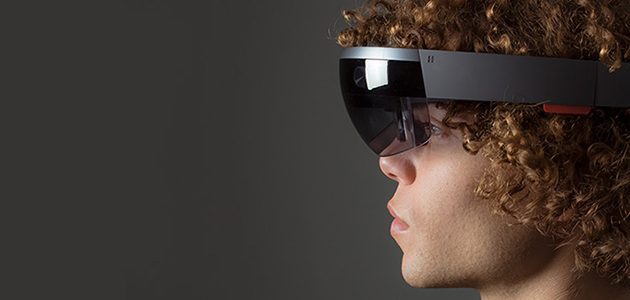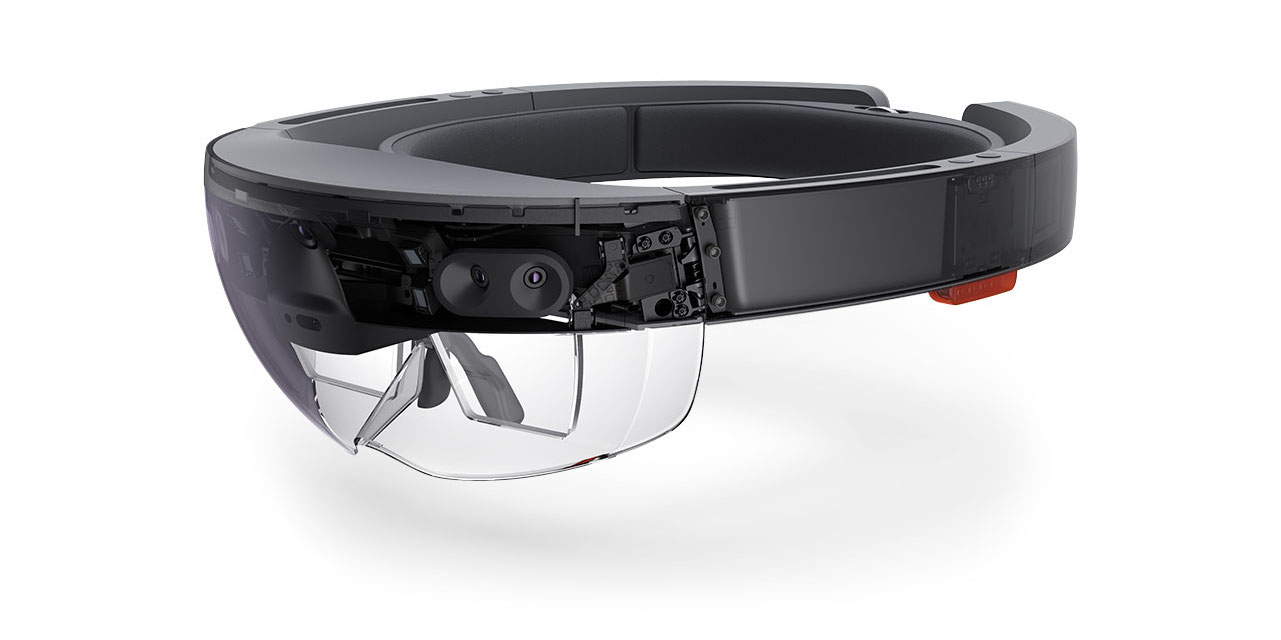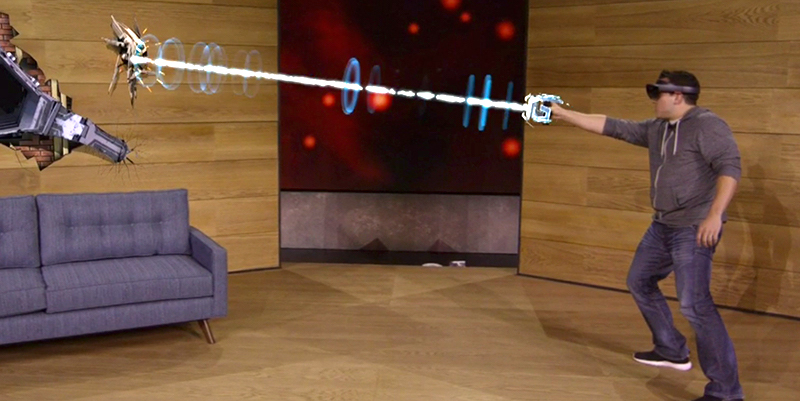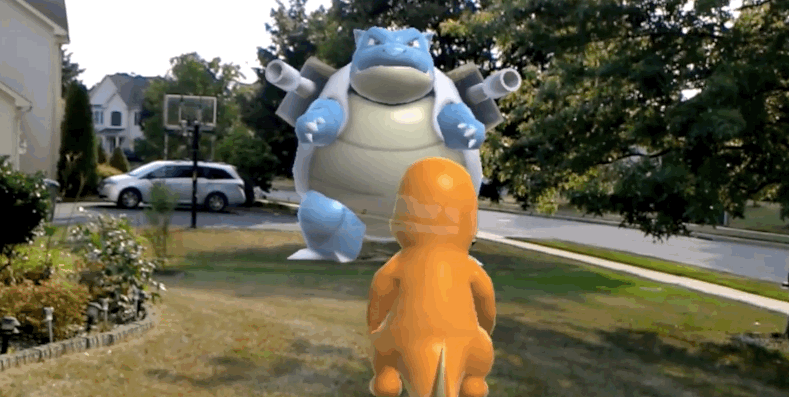Microsoft Hololens: The End of 2D Displays
LifestyleNewsTech October 20, 2024 Damon Mitchell

Not yet available for the everyday Joes or Janes of the world, Microsoft is shipping developer kits for their Hololens to the earliest of adopters. It’s an exciting step in getting us closer to a mixed reality experience.
Backup… what was that?
Just when you thought you understood the difference between virtual reality (VR) and augmented reality (AR), along comes mixed reality.
Here’s a little secret, they’re all part of the same ecosystem. The lines between them are blurry. You can expect those lines to get more blurry soon. In fact, the Hololens is part of that blurriness.
Microsoft’s Hololens may not mean the immediate end to TV as we know it, but it may get people out of their homes more. First, what the heck is it?
What is the Hololens?
Like many of our existing virtual reality headsets, Hololens sits across the user’s eyes. Whereas other (VR) headsets tend to block out the outside world, creating an entire world for you to navigate, Hololens brings elements into your real world.
Not actually, of course. We’re nowhere near the technology to manifest physical objects from thin air, but we can graft holographic 3D images onto what you see.
You can even interact with those objects, push buttons and more. The great thing about holographic objects is they can’t affect the real world. You could throw a holographic vase at your aunt, but she’d never know it unless she was wearing a Hololens too.
In the augmented world of the Hololens, haptic feedback will likely come later, using wearables like the Gloveone. This just means that you won’t feel the actual vase in your hand. You will see the vase picked up by your hands, virtually.
Does Hololens mean the end of 2D?
It’s hard to say for sure, but TVs have been shrinking for years. They’re paper thin, small enough to ride on our wrists. It only stands to reasons that the next step for displays is to disappear.
Sound silly? Maybe, but so is orienting furniture around hardware. We used to set up furniture to facilitate conversation between people.
We also used to live without computers. We used to live without cell phones. Now we can hardly imagine life otherwise.
This will be the same thing when life goes augmented or mixed reality. One day we’ll look back on this primitive times and wonder how we did anything.
Will it get us outside more?
No guarantees here either, but today’s gaming consoles aren’t exactly ushering us outside either. Eventually augmenting our living rooms will get boring. Eventually, we’ll be able to augment our whole life experience.
Imagine driving with a heads up view, integrating your navigation and points of interest. Sounds like the Skully helmet.
Don’t get too excited about fighting space invaders while commuting to work. At first anyway, the Hololens must tether to your PC. Powerful computing technology isn’t portable yet.
The closest example is Google cardboard. It’s a VR headset signed to work with many smartphones. Anyone who’s engaged more serious platforms will tell you, Cardboard is nothing like an Oculus Rift. You have to be connected to a PC.
While you can get into a pretty sexy VR headset for $300 right now, the developer kits for Hololens are shipping for $3000. That’s a lot of smackers for us everyday Joes and Janes.
Don’t stress, though. Technology moves on a logarithmic scale. It will be no time before we all have our own headsets. The Hololens shipping is just one step to the end of boring old reality as we know it.




